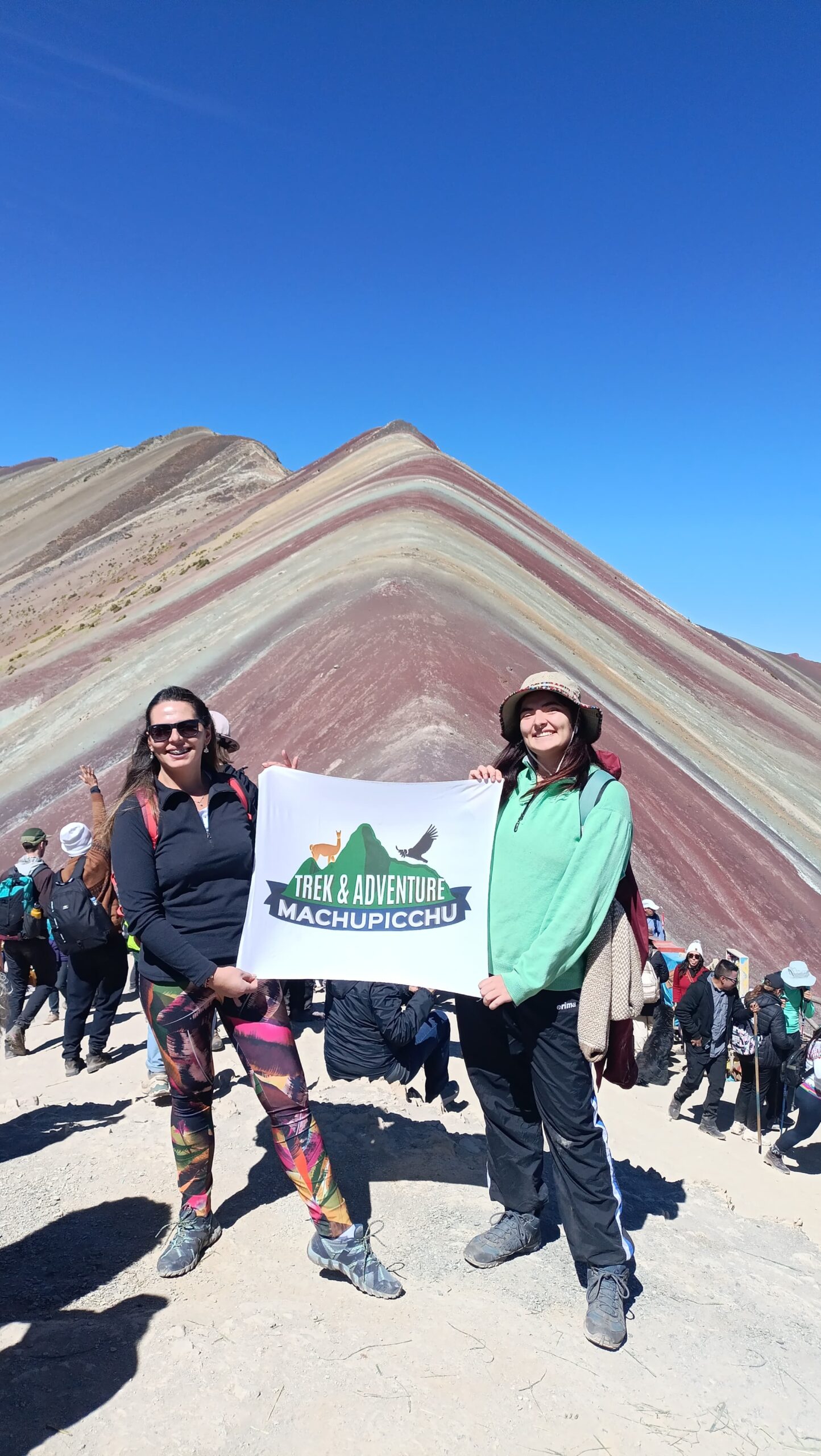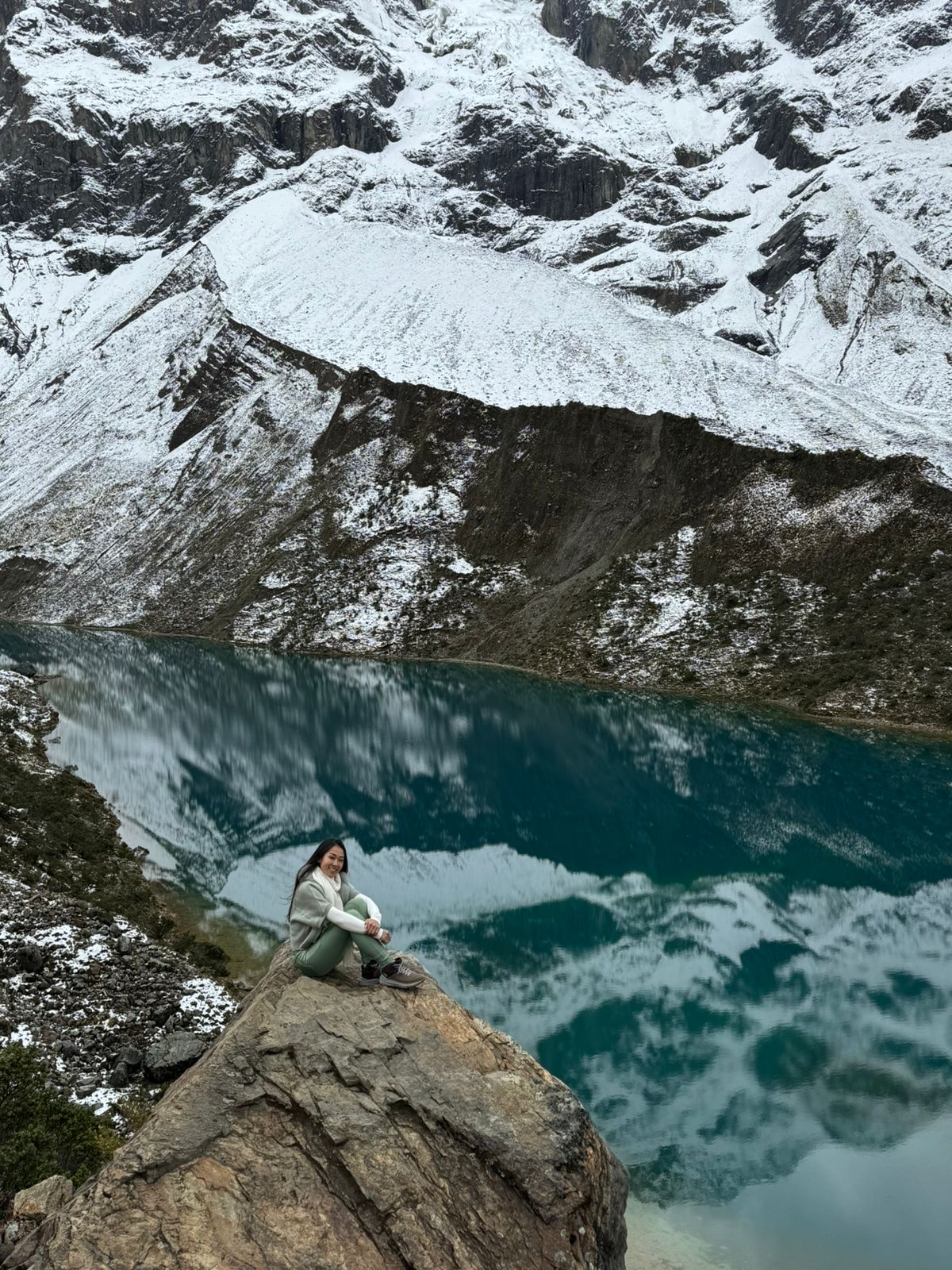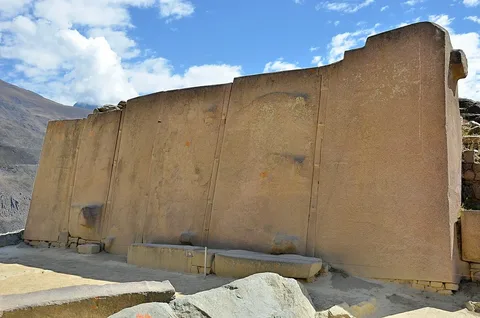Explore the Sacred Valley: History, Culture, and Unique Landscapes
Located between Cusco and Machu Picchu, the Sacred Valley of the Incas was an agricultural, spiritual, and strategic center for the Inca Empire. Thanks to its fertile soil and privileged location, this region became the heart of Andean development. Today, it offers a perfect combination of history, nature, and tradition. During the Sacred Valley Tour, you can explore three iconic sites that reveal the splendor of the Inca Civilization , Pisaq, Ollantaytambo, and Chinchero are stops within the valley each ones of these places offers a unique perspective on the Inca legacy.
➡️ Pisaq: Important for its agricultural terraces and its ancient mountainside cemetery. Additionally, its local market is ideal for finding silver jewelry and textiles inspired by Andean iconography.
➡️ Ollantaytambo: A complex of temples and fortresses 🏰 that were used as a military and religious center. Its colossal stone walls and urban planning continue impressing visitors.
➡️ Chinchero: Known for its stunning landscapes 🌅 and textile heritage. Here local artisans still keep spinning and dyeing techniques with natural pigments since Inca times.
Along the way, you can enjoy spectacular views, like rivers, and towns with a lot of history. A break in Urubamba also allows you to taste exquisite Andean cuisine 🥘 in an incomparable natural setting.
📌 Discover the Sacred Valley in a single day and live an unforgettable experience with TrekAdventureMachuPicchu. Book now! 🚶♂️✨
Pisaq, Ollantaytambo, and Chinchero: the must-sees of the Sacred Valley
Ollantaytambo: a key stop on your route through the Sacred Valley was a place in the Tahuantinsuyu period, notable for its military, religious, urban, and agricultural functions.
It was a Defense Fortress , according to archaeological studies (Bingham, 1911; Protzen, 1993), its elevated location and massive walls made it a strategic fortress during the Inca resistance in 1536, Manco Inca used this site to fight against the Spanish.
Even it was a ceremonial and Urban Center. According the new researchings indicates that the Temple of the Sun had an astronomical and ritual function, aligning itself with solar events. Furthermore, colonial chronicles (Cieza de León, 1553) describe its urban layout with straight streets and water channels.
Agricultural and Commercial Space.-The terraces optimized corn production, while their connection to the Inca road network make it possible trading between Cusco, Machu Picchu, and the Amazon.
Conclusion.-More than a fortress, Ollantaytambo was a religious and administrative center whose legacy lives still in Andean history.
Pisaq, Ollantaytambo and Chinchero: the Sacred Valley's must-see sites
Ollantaytambo: an important step on your route through the Sacred Valley
Ollantaytambo fue un punto clave en el Tahuantinsuyo, destacando por su función militar, religiosa, urbana y agrícola.
Fortaleza y Defensa.-Según estudios arqueológicos (Bingham, 1911; Protzen, 1993), su ubicación elevada y muros macizos lo hicieron un bastión estratégico. Durante la resistencia inca en 1537, Manco Inca utilizó este sitio para enfrentar a los españoles.











